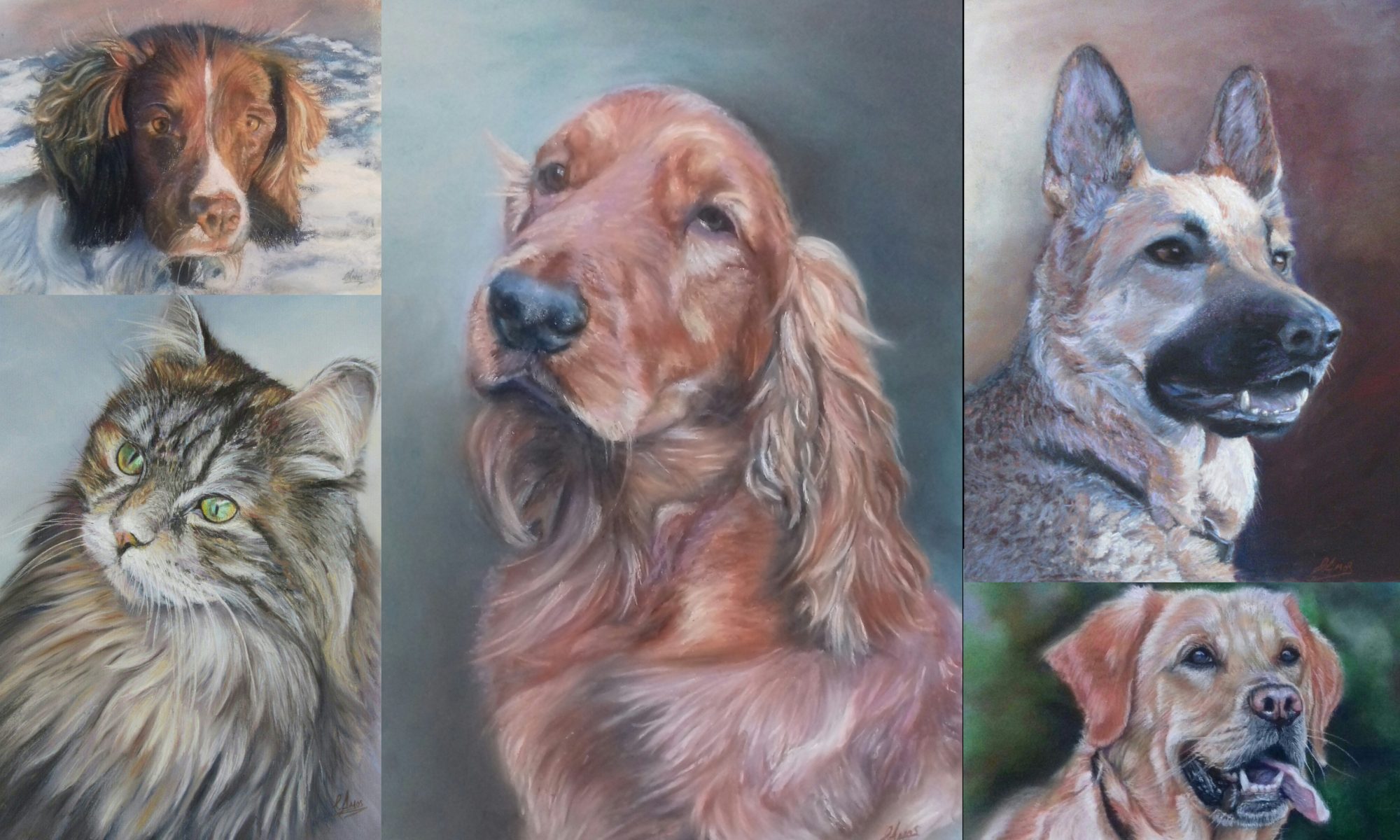I now have a portrait gift card option available to enable a quick and easy way to gift a portrait to a loved one.

Two options are available, one for £50 to put towards the cost of a portrait and the other to gift the full cost of a portrait.
There’s no time limit to when the card can be used and it’s a great way to send a gift when you may be pressed for time.


